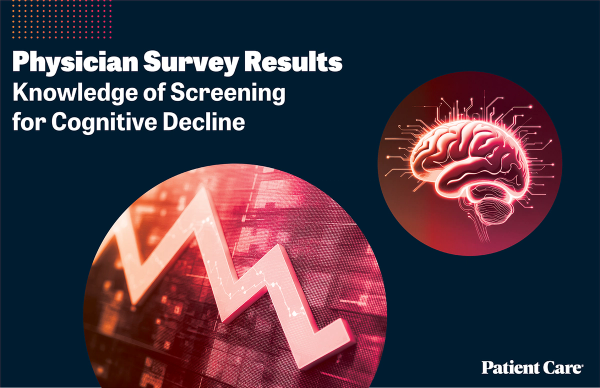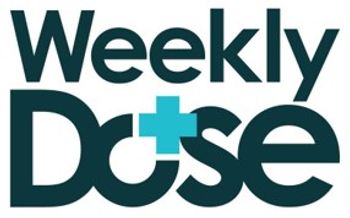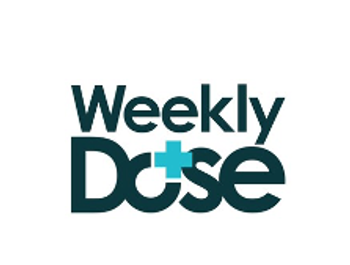
Adult Immunization
Latest News
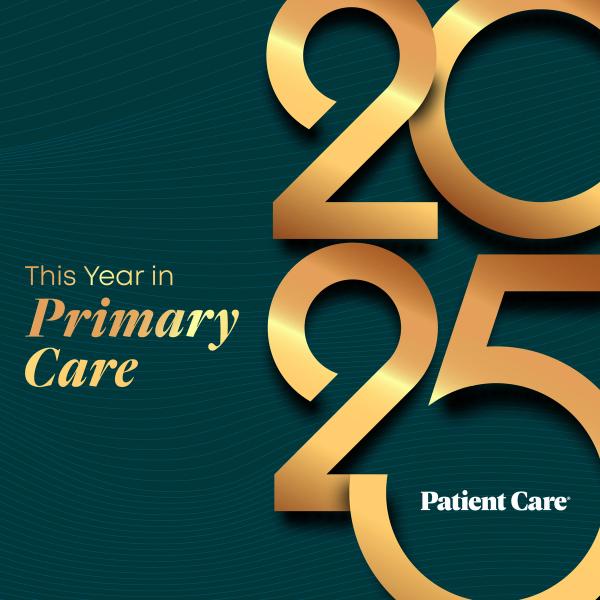
This Year in Primary Care: 10 Critical Updates in 2025
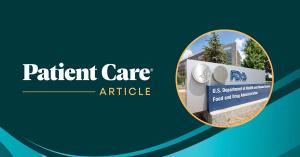
FDA Approves First Oral GLP-1 Receptor Agonist for Chronic Weight Management

FDA Approves Abbott Volt Pulsed Field Ablation System for Treatment of Atrial Fibrillation

Needle Anxiety and Injection Site Pain: Evidence-Based Strategies for Patient Counseling on Injectable PrEP

Phase 3 Data Support Oral Orforglipron for Weight Maintenance After GLP-1–Based Weight Loss
Shorts










Latest Videos
Podcasts
Screening
Continuing Medical Education
All News

Real-world patient cases illustrating how pill burden, privacy, and individual preferences influence PrEP selection and adherence.

Your daily dose of the clinical news you may have missed.

Your daily dose of the clinical news you may have missed.

Phase 3 LIBerate data showed sustained LDL-C reductions of 60% or more in high-risk patients and 50% or more in HeFH, with once-monthly self-administration.

Primary care physician Kevin Hatfield, MD, discusses how the switch can increase patient touchpoints, free cognitive burden, and strengthen long-term engagement between patients and PCPs.


Moving patients from considering screening to completing it remains the central challenge in colorectal cancer prevention, Fendrick explained to Patient Care.
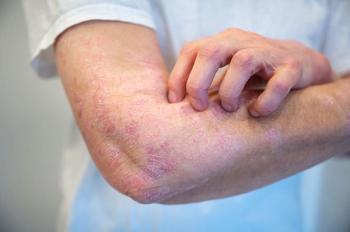
Zasocitinib showed significant efficacy in treating moderate-to-severe plaque psoriasis, outperforming placebo and apremilast in pivotal phase 3 trials.

The phase 3 REDFINE program showed mean weight loss of 20% at 68 weeks, supporting the dual-mechanism approach that combines semaglutide with cagrilintide.




